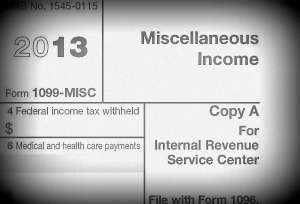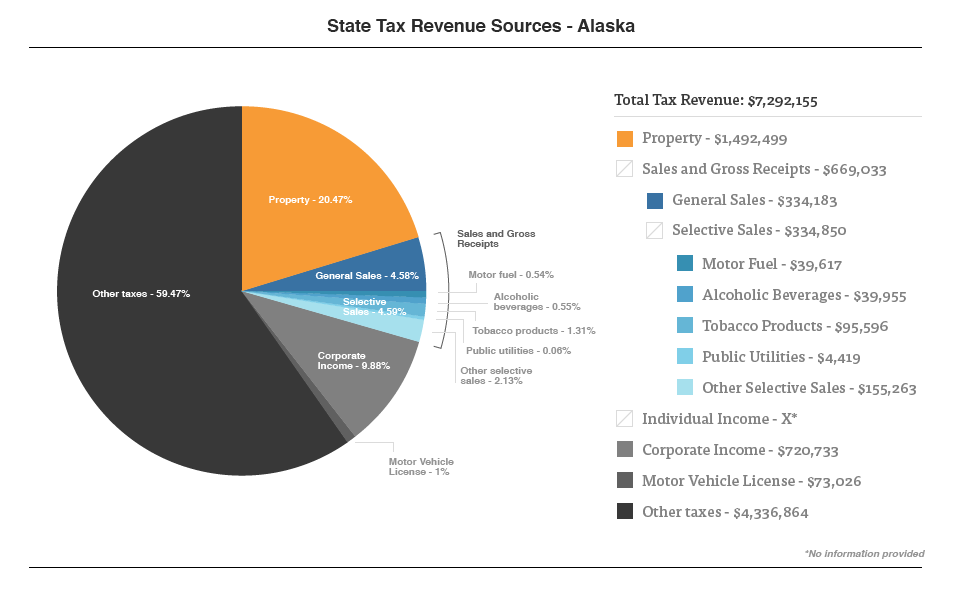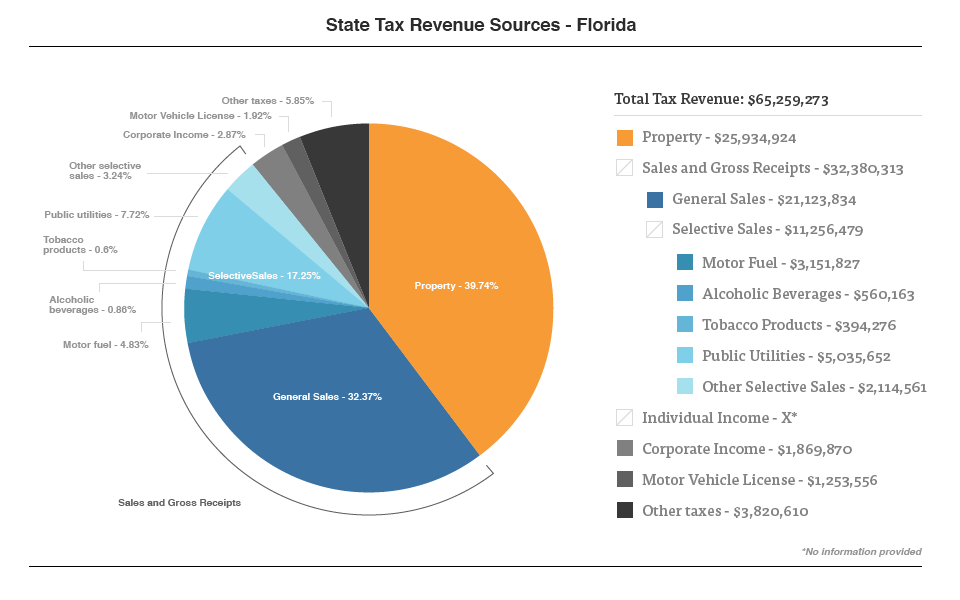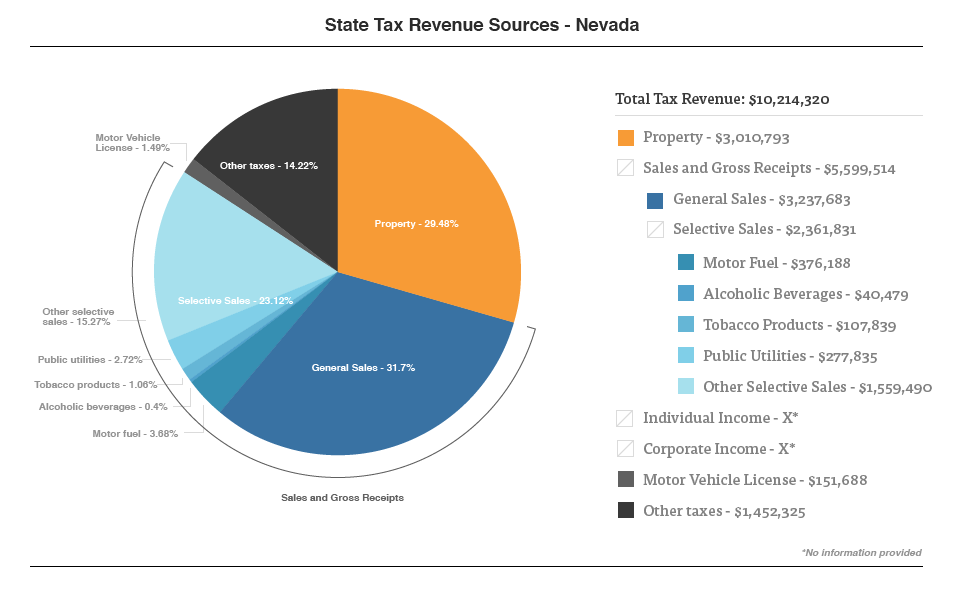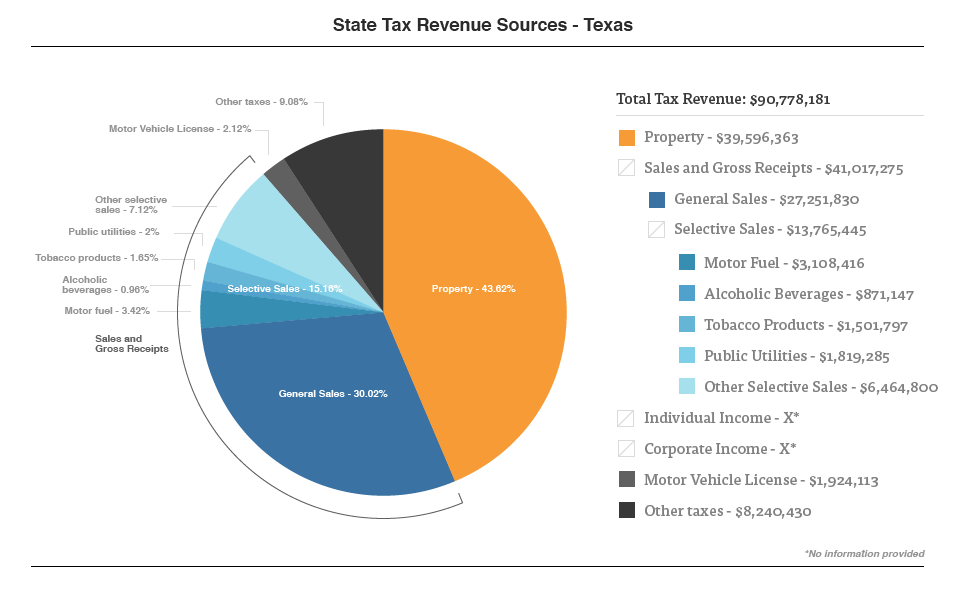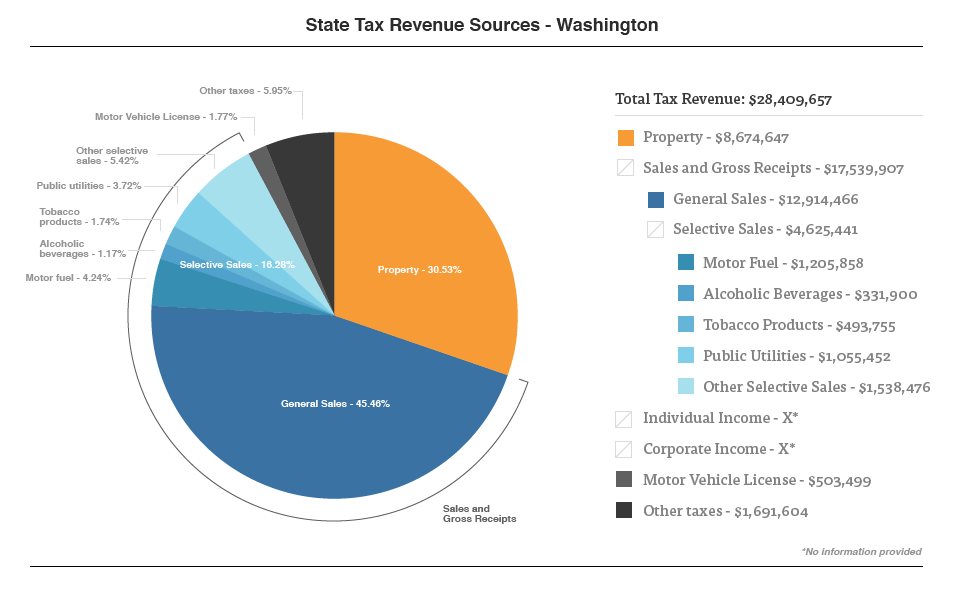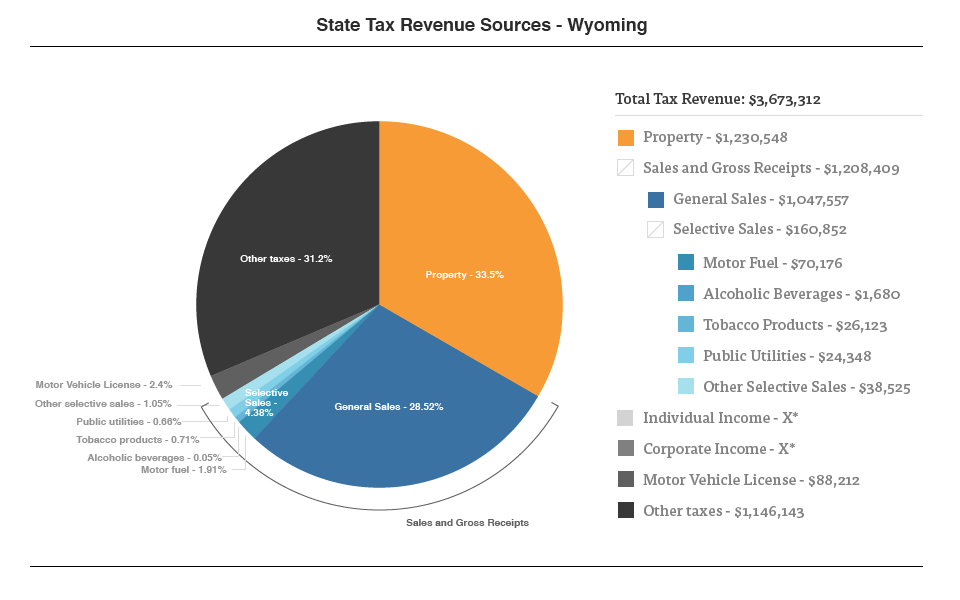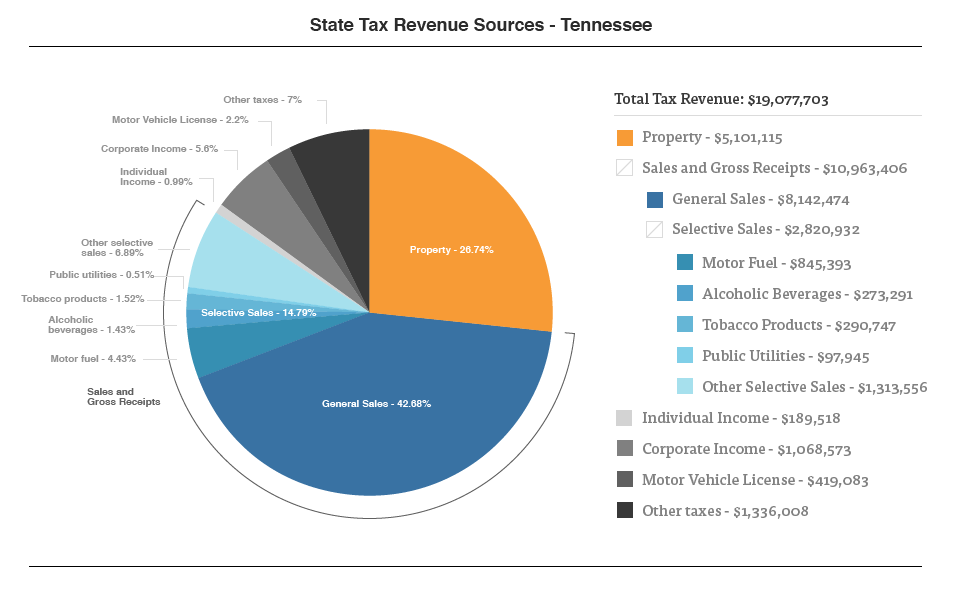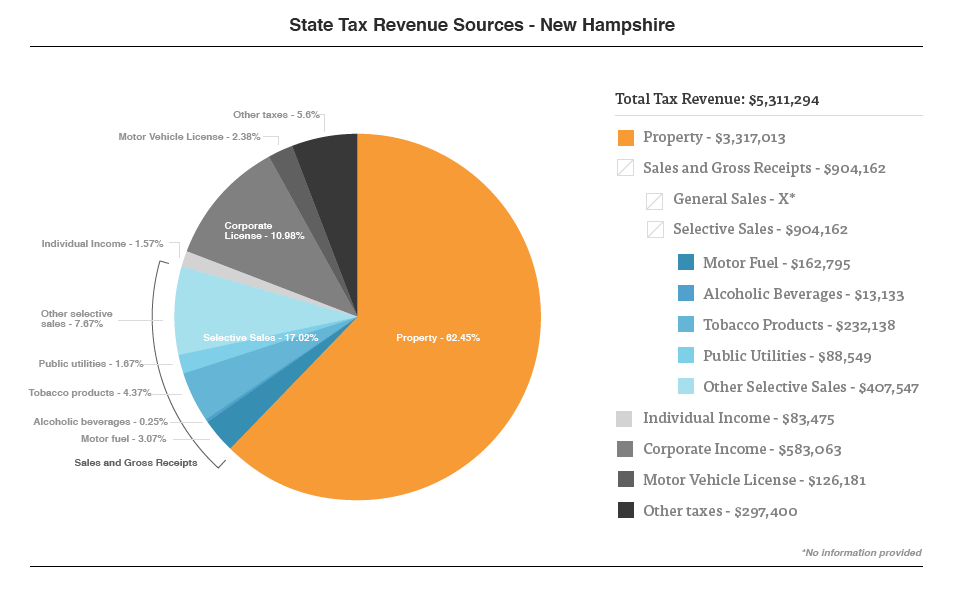Stimulus Check: When Is The Deadline To Claim?
The Coronavirus Aid, Relief, and Economic Security Act (CARES Act) authorized the IRS to issue Economic Impact Payments (aka stimulus payment/check) of up to $1,200 to most U.S. citizens and residents. However, time is running out to claim those funds. Here, we discuss what you need to know.
Who is eligible for a stimulus payment under the CARES Act?
You’re likely eligible for a stimulus payment if you:
- are a U.S. citizen or resident alien
- have a work-eligible Social Security number, and
- can’t be claimed as a dependent on someone else’s tax return.
How large is the stimulus payment?
The CARES Act authorized payments of up to $1,200 to eligible individuals plus $500 per qualifying child, and up to $2,400 to married couples who file a joint return plus $500 per qualifying child.
What are the deadlines to claim your stimulus payment?
The answer to that question depends on if you were required to file a return or not. Generally, those who meet the requirements below would NOT have been required to file a return:
- Your income is less than $12,200
- You’re married filing jointly and together your income is less than $24,400
- You have no income
If you were not required to file a 2019 federal income tax return, the best and fastest way to claim your stimulus payment is to visit the IRS EIP page by October 15th 2020, and click “Non-Filers: Enter Payment Info Here.” If you provide bank account information, the IRS will deposit a payment directly into your account. If you don’t provide bank account information, they’ll mail you a check.
If you were required to file a 2019 federal income tax return, the best and fastest way to claim your stimulus payment is to electronically file your 2019 tax return immediately. If you already filed a 2019 tax return, you can check the status of your stimulus payment by visiting the same IRS EIP page provided above and clicking “Get My Payment.”
After October 15th 2020, the only way to claim your stimulus payment will be to file a federal income tax return. If you do not file a 2019 tax return in 2020, you may instead be able to claim a recovery rebate credit when you file your 2020 federal income tax return in 2021.






